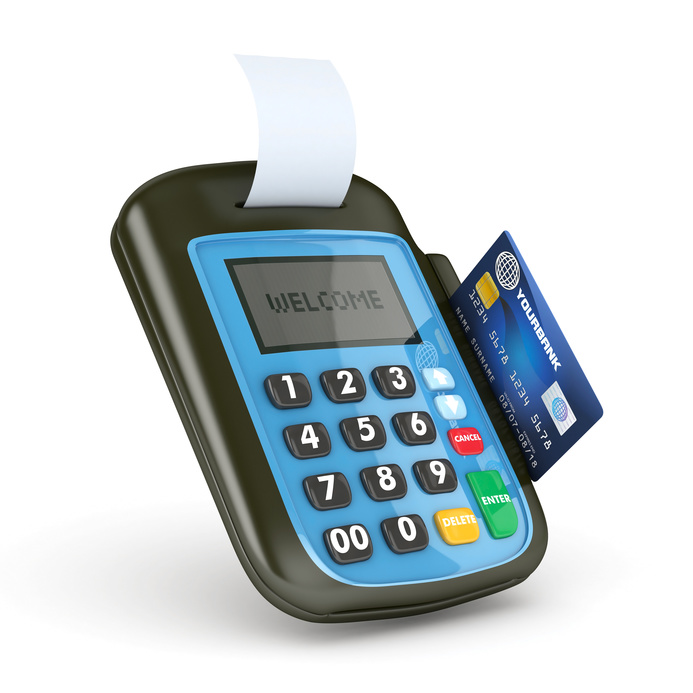If you currently have a high risk merchant account, you’re probably wondering how the account provider arrives at the fees. Often, you just see a figure thrown at you and you can’t make head or tail of where it comes from. As a shrewd business person, a time comes when you want to know precisely how the fees you pay are calculated even if it’s just for familiarity.
The following are what you need to know about high risk merchant account rates and fees;
- Middlemen fees
First, you need to understand that most high risk credit card processing transactions usually have a few financial “middlemen” involved. These may include; credit card associations, issuing banks, acquiring banks (the carriers), payment gateways, and merchant account providers. All these middlemen (all those who are involved in your transaction) must be paid.
- Markup vs. Wholesale fees
You also need to appreciate the fact that there are two broad categories of merchant account fees; markup and wholesale. Just remember that markup fees are negotiable while wholesale fees aren’t negotiable.
- Pricing Models
There are three ways the card processor can charge the markup or wholesale fees;
The first is what is known as interchange plus pricing model which is also considered the most transparent pricing model. It has a good many terms and fees. Essentially, the markup and wholesale fees are itemized and listed separately on your monthly statement.
The second model is called the tiered or bundled pricing model. Just as the name suggests, prices are bundled. Credit card transactions are placed in three categories; qualified, mid-qualified, and non-qualified. This pricing model is very popular among merchants.
The last model is the subscription/membership model. Normally, the actual costs of transactions are charged separately from the markup fees. However, unlike interchange-plus pricing models, you will not be subjected to percentage markups, just a small transaction fee.
- Transactional vs. Flat Fees
Transactional fees are the fees assessed whenever you run a transaction. They are non-negotiable.
Flat fees, on the other hand, refer to adjustable fees that can be negotiated all day. They tend to vary by name, value, and application but you can expect at least one of them on your credit card each month. They include terminal fees, payment gateway fees, PCI fees, annual fees, early termination fees, monthly fees, minimum fees, statement fees, IRS fees, and online reporting fees among others.
Basically, that is what you will be charged for the high risk merchant account.


